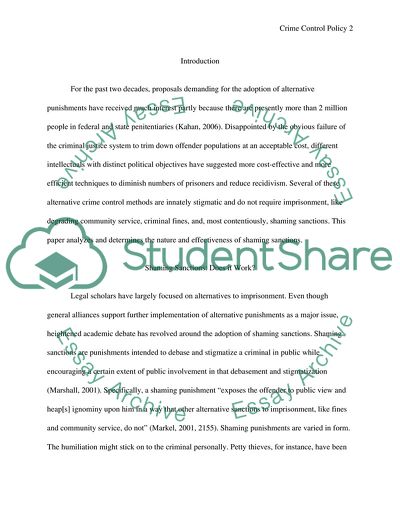Cite this document
(“Does Shaming Work as a Crime Control Policy Essay”, n.d.)
Retrieved from https://studentshare.org/social-science/1583951-does-shaming-work-as-a-crime-control-policy
Retrieved from https://studentshare.org/social-science/1583951-does-shaming-work-as-a-crime-control-policy
(Does Shaming Work As a Crime Control Policy Essay)
https://studentshare.org/social-science/1583951-does-shaming-work-as-a-crime-control-policy.
https://studentshare.org/social-science/1583951-does-shaming-work-as-a-crime-control-policy.
“Does Shaming Work As a Crime Control Policy Essay”, n.d. https://studentshare.org/social-science/1583951-does-shaming-work-as-a-crime-control-policy.


